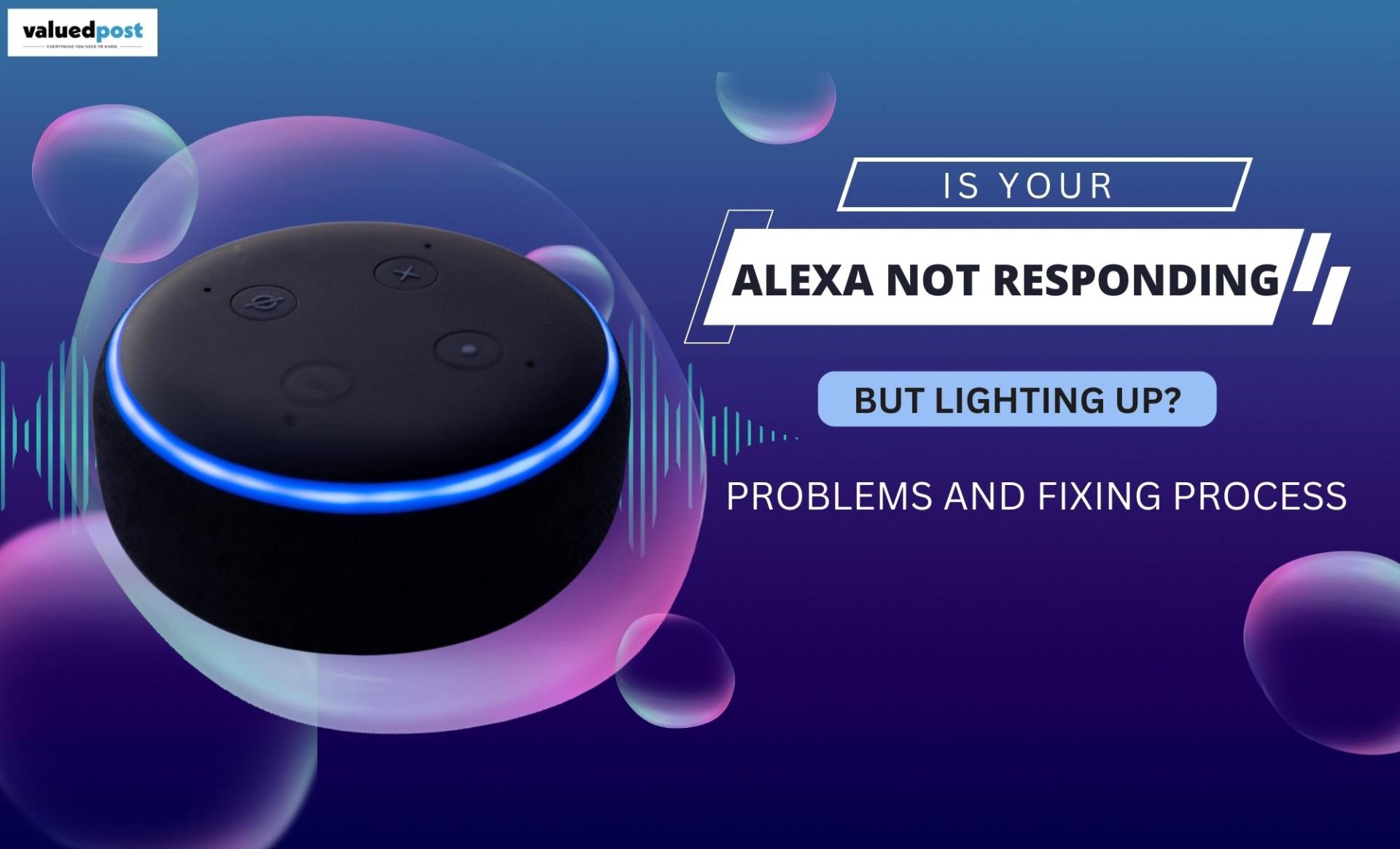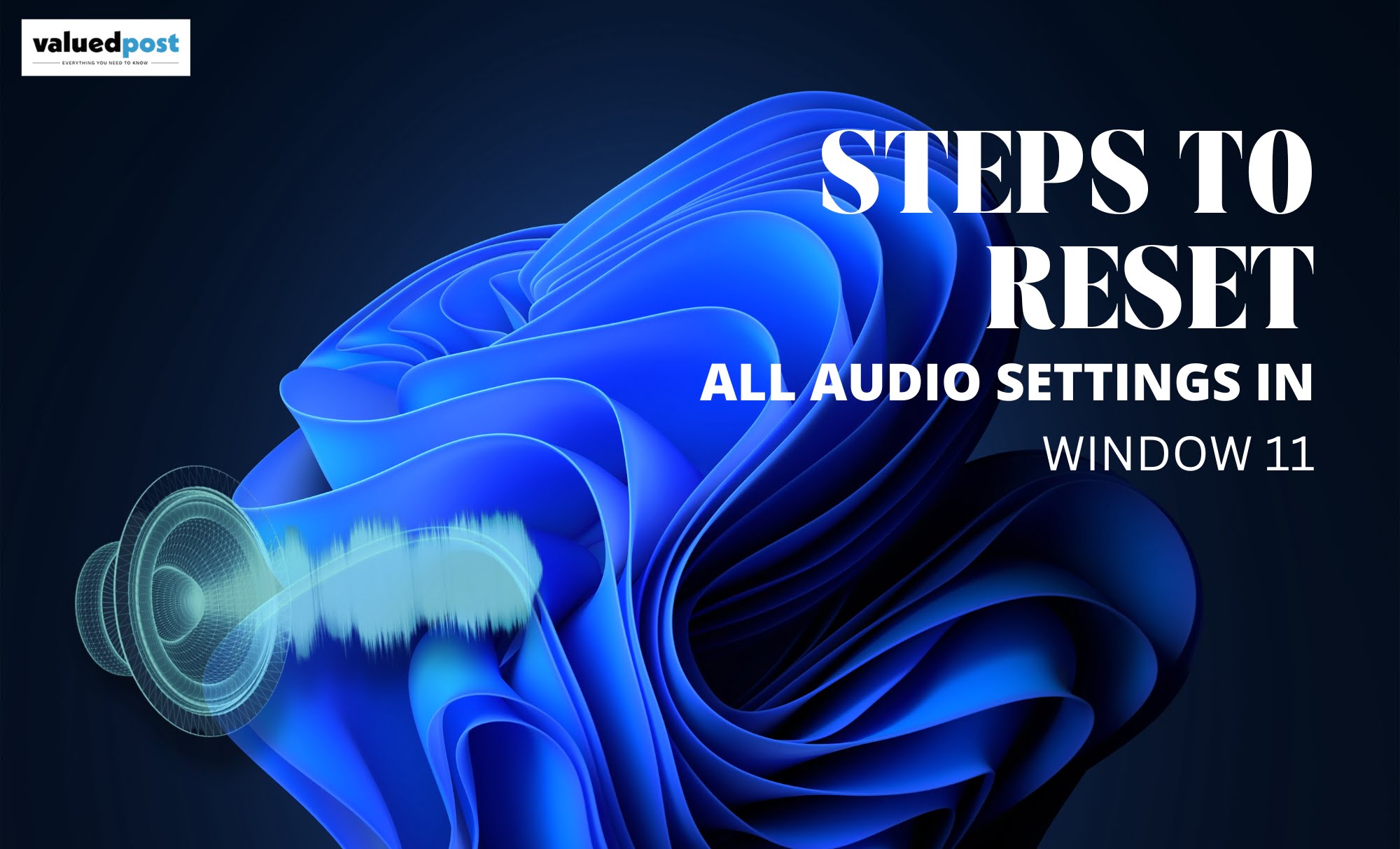You might have encountered situations with your friends where their Mac is fully updated, and they also are getting update notifications while you are not. If you fear that Apple might have come up with some new macOS to take over old Macs, we have got you covered. If your Mac is not receiving notifications regarding new updates, there are still many options. And that is what this blog will help you with, so scroll down and get the latest version of updates for your Mac. Ranging from soldiering to installing the latest version of macOS, we have wrapped everything for you.
Let’s first see what Apple says about it.
According to Apple’s written policy, there is nothing mentioned about why Mac cannot support Apple releases’ latest upgrades.
Apple primarily launches its new upgrades every year around October, including Mojave, Big Sur, or Catalina. Moreover, macOS is specially curated and designed chiefly for its latest computers.
Technology is upgrading every day, and it is pronounced that it’s also becoming more solid and robust with time. While the older machines and devices are still running on older versions, they cannot handle such massive upgrades at times. Moreover, there also come times when you can not further upgrade some devices while they stay with their current operation version forever.
In addition, Apple’s macOS Monterey updates were still made compatible on devices working on the older Big Sur Version.
Is it true that the older versions of macOS do not get updates?
According to Apple’s policy and track record, the company reveals that when they release/launch a new update, Apple updates its previous two versions and its recent macOS version.
They further explained that they make the previous two versions to continue to get software updates, that most are around security issues and fixes. At the same time, the latest macOS version is made to receive more extensive notifications about updates like bug fixes and performance tweaks.
We have learned a lot about how Apple releases a new update and how it works; let us now see what to do if your Mac is too old to receive the latest updates. Below we have created a list of options that might help you fix this problem and will let you enjoy the working of newer versions.

How to install an incompatible macOS release against Apple’s will?
There is still no clarification from Apple’s side about eliminating an older Mac from the new release. Still, probably it’s all about the older version being incapable of handling more recent upgrades.
However, how can we forget that we live in the Internet world where Google has an answer for you always. The “Patcher” apps make installing the latest version of macOS plausible on your older Mac.
Do you have any idea when this ‘Patcher’ thing started? It was three years back with Dosdude1’s Cataline and Mojave Patcher.
you may also like to read: the wifi is working, but ethernet is not
What is all needed for you to install the version properly?
Pick the correct version before you download it.
Format a USB
Make sure to create your installation medium that is Apple’s limitation-free.
The Patcher app is used to calculate your Mac suitability, Check the correct version, and configure your USB Stick and the installation medium. After you have everything needed, start your update installation with the help of Patched Sur by running the ‘Post-Install’ app.
Just use your device the way it is.
In your second option, you can ignore the updates and use the same device with the compatible version of your work going fine on the current machine.
If you are not willing to take risks of installing the update through different mediums, it is always best to stick to what you have and work.
However, you might face problems like connecting your older mac hardware to the newer version devices, but I think sticking up would be best if you don’t have such needs.
Take a shift and change your operating system.
If changing your OS won’t hurt you, installing Linux or Windows is also one option you want to re-think.
I know many of us have passed through the thought of installing a different OS. Yet we end up thinking about how we will work on them and what if they are not suitable as Apple.
However, if you strictly use your laptop for work and do not mind sacrificing all the access, you will lose from Apple’s apps and technologies. Then, go ahead and install a Linux or windows and live the change.
If you are confused between Linux and Windows, let me help you. If you have an outdated version of Mac, Linux is for you, which will also fit. Many comprehensive options range from Ubuntu, Lubuntu, Tiny Core, Puppy to Absolute Linux. So, pick your best fit and install.
If all the above options do not suit you and your work needs, I think it’s time for you to say bye to your device and upgrade and get a new one instead.
sourced by: mac not receiving notifications















